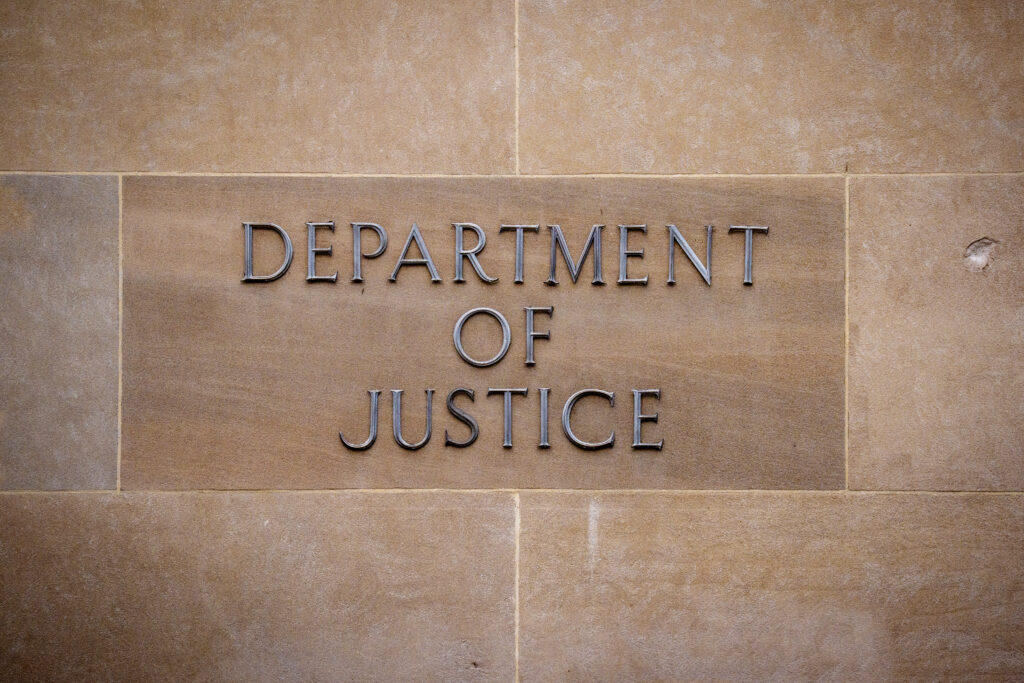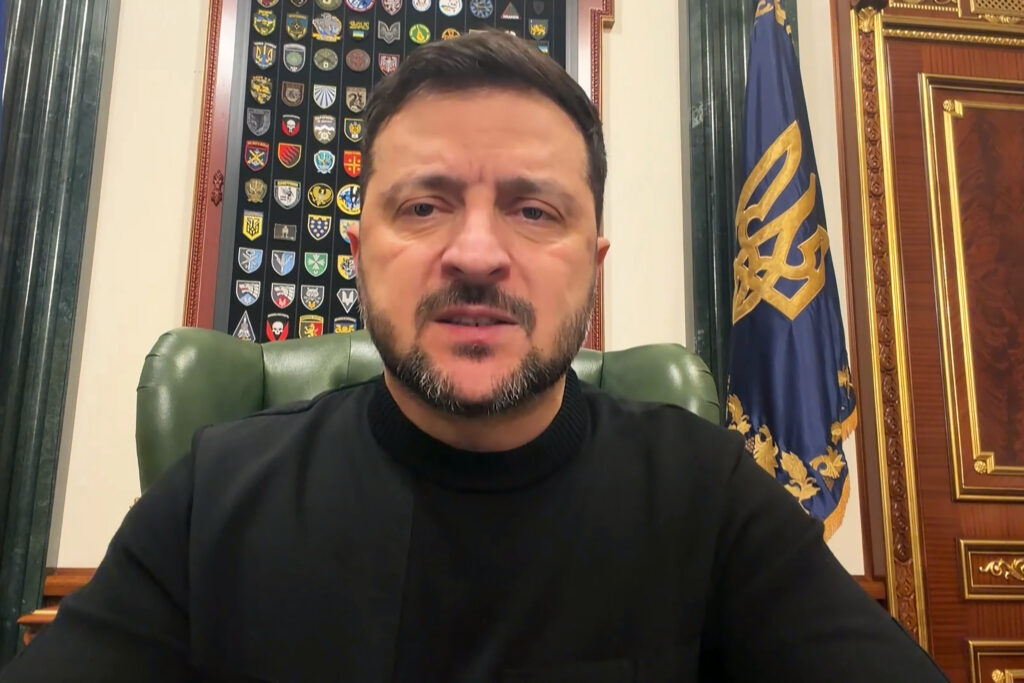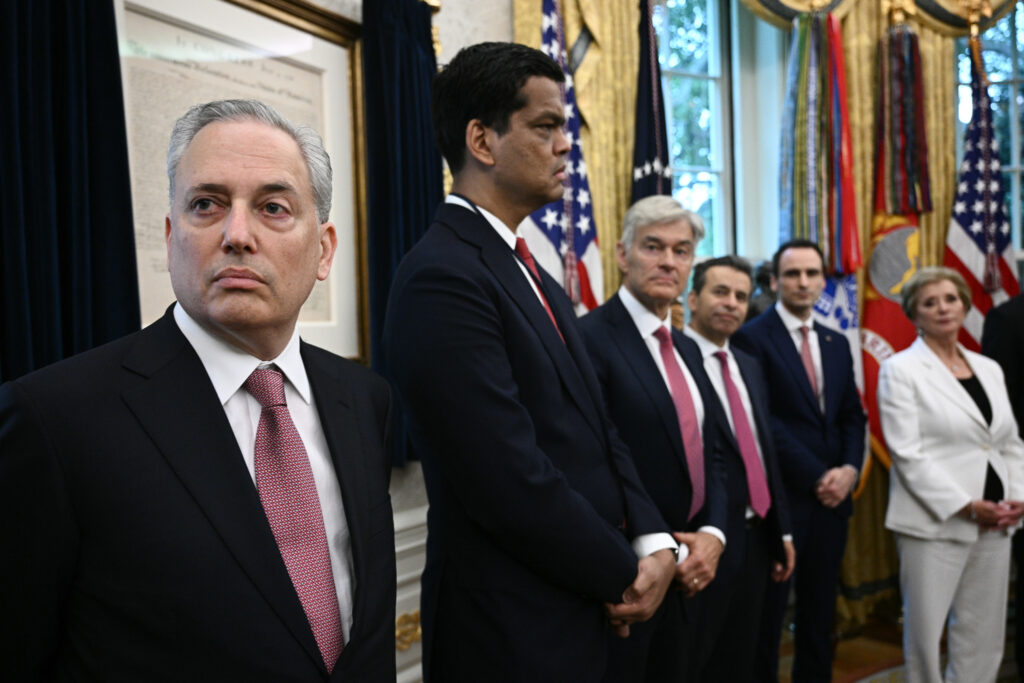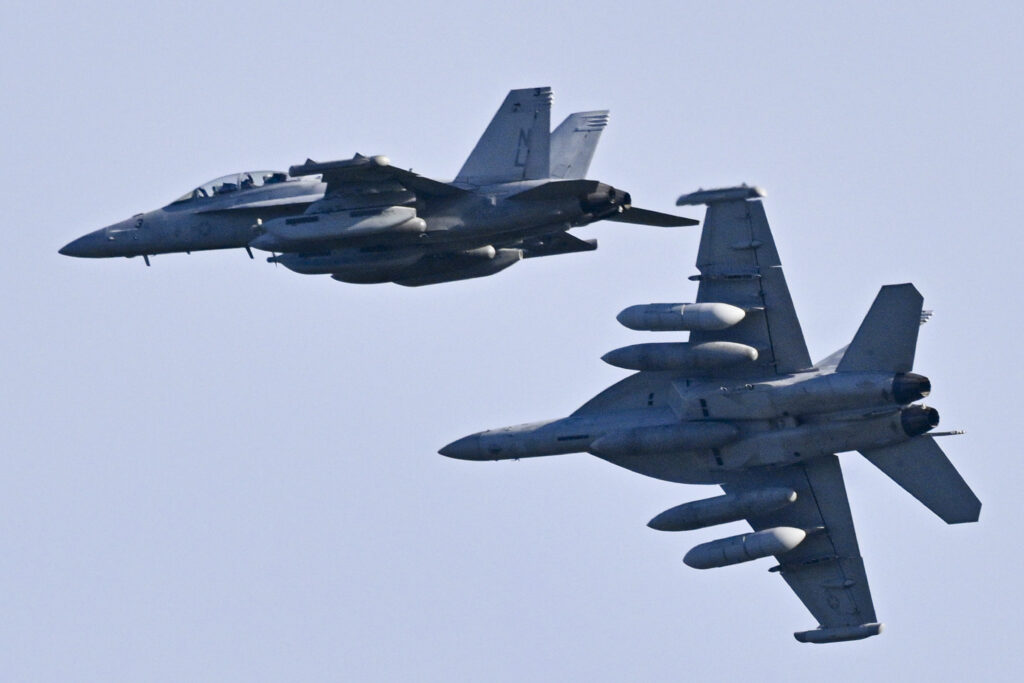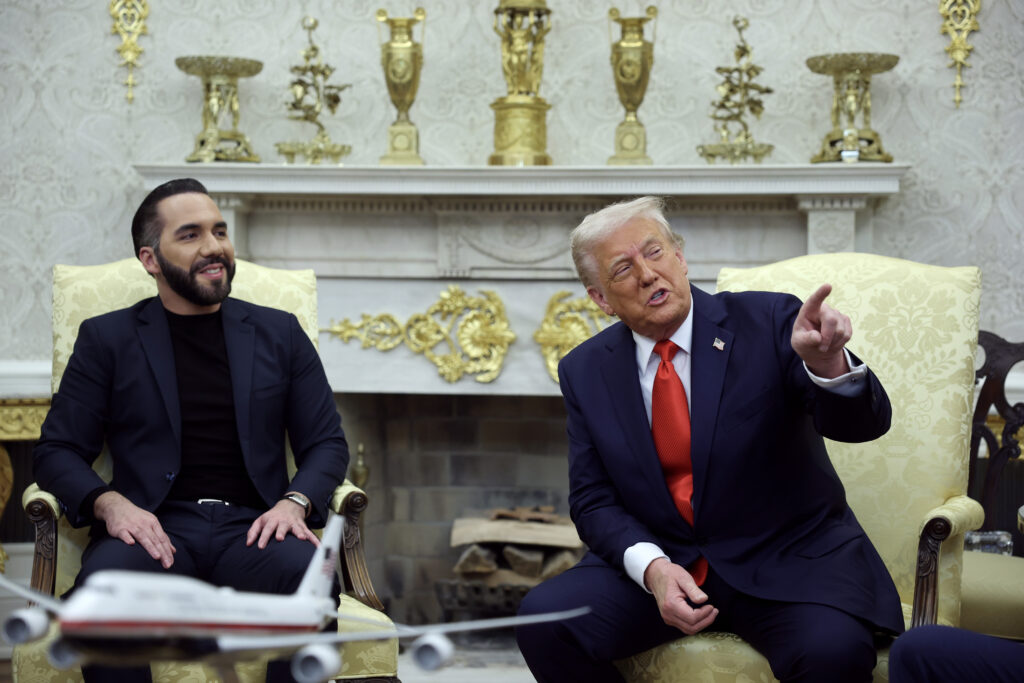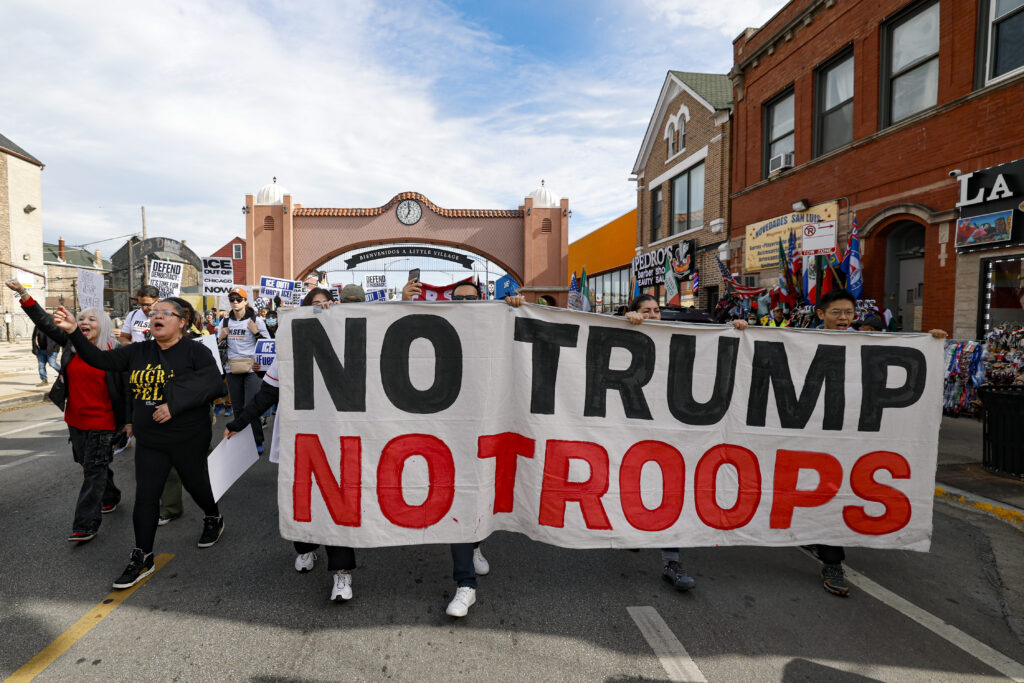‘At your service!’ Nasry Asfura becomes Honduran president-elect
It took longer than expected, but Nasry Asfura has gone from businessman to mayor to president-elect of Honduras, carrying the blessing of US President Donald Trump who has described him as a “friend of freedom.”Capping a career shadowed by corruption claims, but never prosecuted, the 67-year-old conservative ascended to the Central American country’s top job on his second attempt, having lost out to leftist Xiomara Castro in 2021.More than three weeks after the election, Asfura held his razor-thin edge and was declared the winner Wednesday over fellow conservative Salvador Nasralla, a 72-year-old TV star, by the plenary session of the national electoral council.Asfura rose to the top as the head of the right-wing National Party (PN), which was tainted by the US imprisonment of a former leader, Juan Orlando Hernandez, for drug trafficking.Hernandez, however, walked out of prison a free man in early December after receiving a pardon from Trump, who embraced Asfura as an ally in the fight against “narcocommunists.” “The only real friend of freedom in Honduras is Tito Asfura,” Trump had written on Truth Social, referring to the politician by his nickname. He added: “Tito and I can work together to fight the Narcocommunists, and bring needed aid to the people of Honduras” — one of Latin America’s most impoverished and violent countries.Asfura returned the PN to power, leaving the ruling leftist party out in the cold in a region where voters tired of hardship and crime have been punishing incumbent parties.- ‘Nothing to hide’ -Asfura, a former two-time mayor of the capital Tegucigalpa, ran a campaign with promises to “save democracy” from the left, which the Latin American right associates with authoritarian regimes in Cuba, Nicaragua and Venezuela.He claims to lead a “renewed” party and has denied links to Hernandez, though after Trump’s pardon, he expressed hope it would “bring hope and peace of mind to the family” of the former president.The son of Palestinian immigrants, Asfura was born on June 8, 1958, in Tegucigalpa.He studied civil engineering at the National University but dropped out to start what would become one of the country’s largest construction companies. Later, as mayor, he was credited with building bridges, tunnels, and other infrastructure to ease congestion in the city of over a million inhabitants.He was also accused of embezzling municipal funds, but the Supreme Court decided not to send the case to trial. Asfura was later mentioned in the 2021 “Pandora Papers” list of offshore companies used to evade taxes, but was never charged.”I owe nothing, I fear nothing. I have nothing to hide,” he once asserted.- ‘Work and more work’ -Grey-haired and mustachioed, Asfura is reputed to be a hard worker. He usually wears a light blue shirt, jeans, and dusty boots. In his speeches, he promises “work and more work” for Hondurans, to develop infrastructure, and to attract investments to generate employment. Those who know him say he is passionate about music and a man of few words but much action. He greets supporters who approach him with his trademark phrase: “At your service!”Asfura has described himself as “allergic” to smartphones, preferring to use a landline, and has not embraced social media campaigning.He is married to Lissette del Cid, with whom he has three daughters and three grandchildren.

